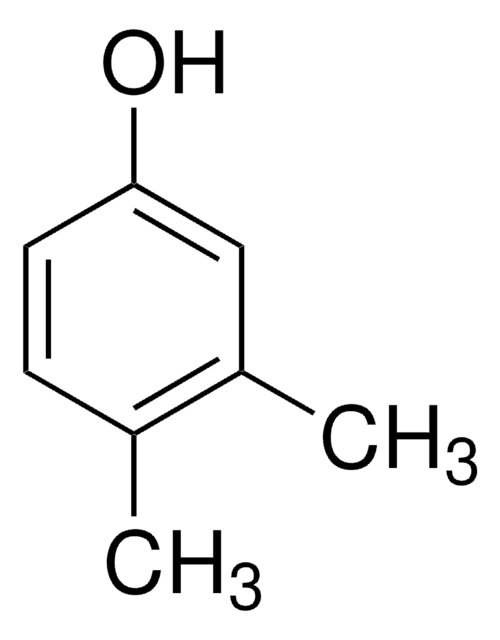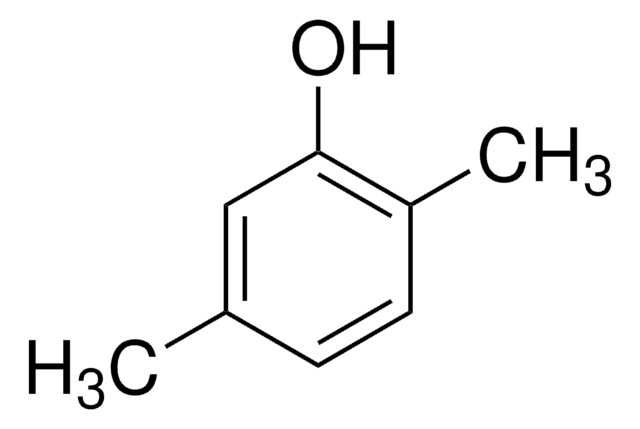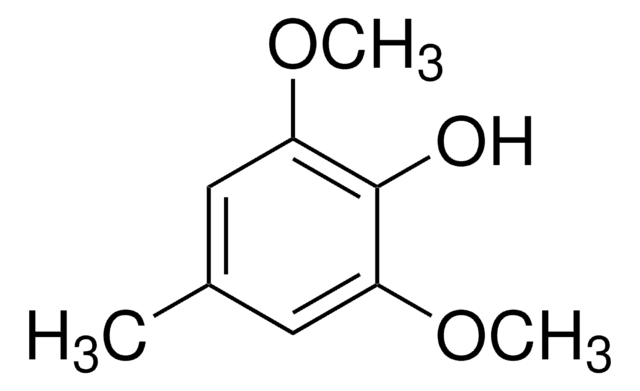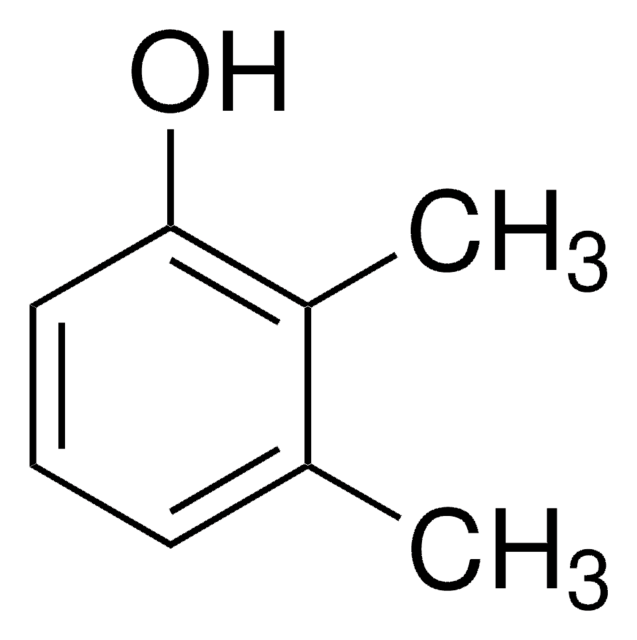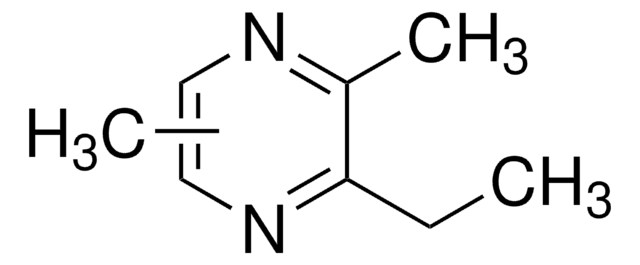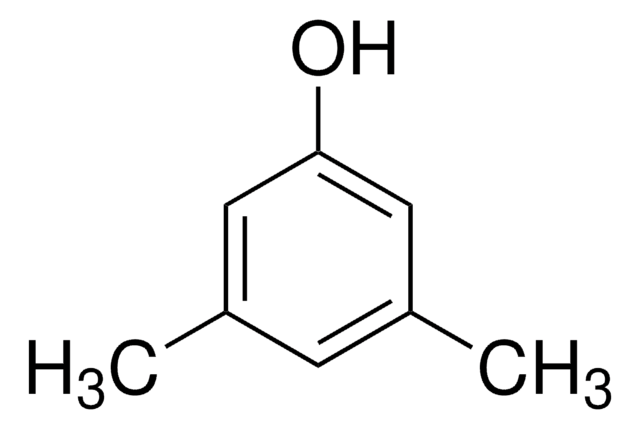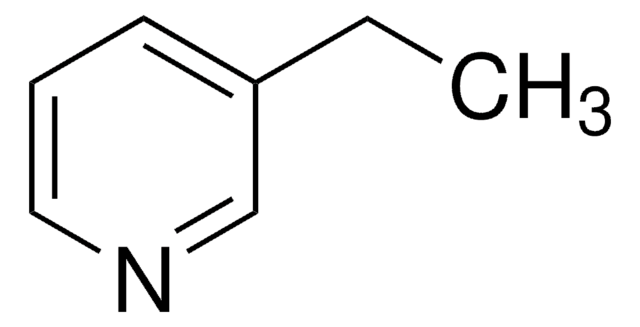W359602
3,4-Dimethylphenol
≥98%, FG
Sinónimos:
3,4-Dimethylphenol, 4-Hydroxy-o-xylene
About This Item
Productos recomendados
biological source
synthetic
Quality Level
grade
FG
Fragrance grade
Halal
agency
follows IFRA guidelines
meets purity specifications of JECFA
reg. compliance
EU Regulation 1223/2009
EU Regulation 1334/2008 & 872/2012
assay
≥98%
bp
227 °C (lit.)
application(s)
flavors and fragrances
documentation
see Safety & Documentation for available documents
food allergen
no known allergens
fragrance allergen
no known allergens
organoleptic
burnt
SMILES string
Cc1ccc(O)cc1C
InChI
1S/C8H10O/c1-6-3-4-8(9)5-7(6)2/h3-5,9H,1-2H3
InChI key
YCOXTKKNXUZSKD-UHFFFAOYSA-N
¿Está buscando productos similares? Visita Guía de comparación de productos
Application
- Green Aromatic Epoxidation with an Iron Porphyrin Catalyst for One-Pot Functionalization of Renewable Xylene, Quinoline, and Acridine.: This study explores the green epoxidation of aromatic compounds using an iron porphyrin catalyst, demonstrating effective one-pot functionalization of renewable xylene derivatives, including 3,4-xylenol (Corrêa et al., 2023).
- A highly expressed odorant receptor from the yellow fever mosquito, AaegOR11, responds to (+)- and (-)-fenchone and a phenolic repellent.: This research identifies an odorant receptor in mosquitoes that responds to various compounds, including 3,4-dimethylphenol, which could have implications for developing new repellents (Lu et al., 2022).
signalword
Danger
hcodes
Hazard Classifications
Acute Tox. 3 Dermal - Acute Tox. 3 Oral - Aquatic Chronic 2 - Eye Dam. 1 - Skin Corr. 1B
Storage Class
6.1A - Combustible acute toxic Cat. 1 and 2 / very toxic hazardous materials
wgk_germany
WGK 3
flash_point_f
230.0 °F - closed cup
flash_point_c
110 °C - closed cup
ppe
Eyeshields, Faceshields, Gloves, type P3 (EN 143) respirator cartridges
Elija entre una de las versiones más recientes:
¿Ya tiene este producto?
Encuentre la documentación para los productos que ha comprado recientemente en la Biblioteca de documentos.
Los clientes también vieron
Nuestro equipo de científicos tiene experiencia en todas las áreas de investigación: Ciencias de la vida, Ciencia de los materiales, Síntesis química, Cromatografía, Analítica y muchas otras.
Póngase en contacto con el Servicio técnico